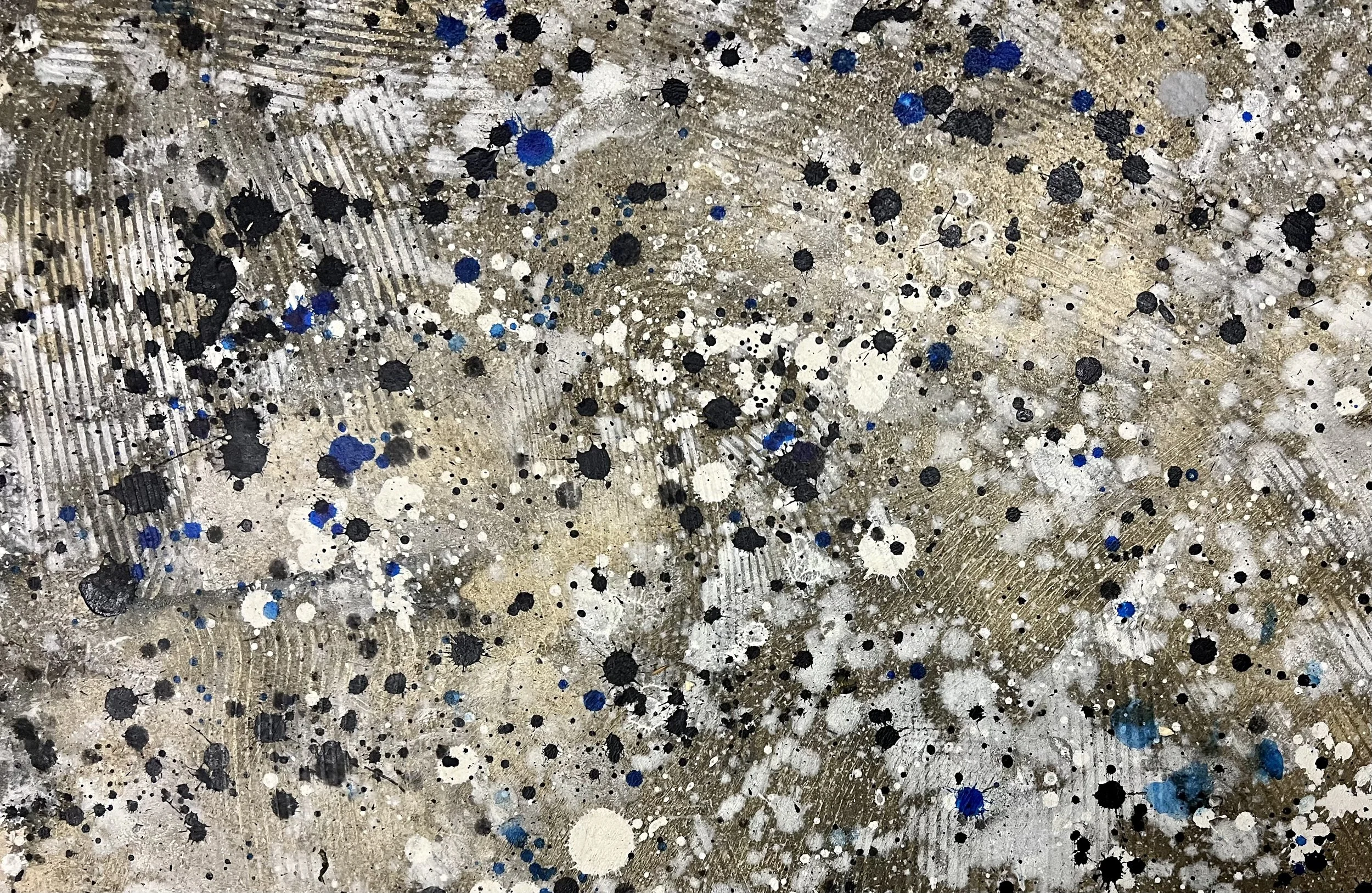“Casa Cruzada” by Clavel Arquitectos
What many consider to be Dame Zaha Hadid’s most prominent style, modern architecture, or modernist architecture, is based on new and innovative technologies of construction, particularly the use of glass, steel, and reinforced concrete. The central idea for this architectural style is that form should follow function. It is an embrace of minimalism and a rejection of ornament.
Modernism first emerged at the end of the nineteenth century due to revolutions in technology, engineering and building materials, and from a desire to break away from historical architectural designs. The goal was to invent something that was purely functional and new. The revolution in materials was the catalyst for this drastic change, with the use of cast iron, plate glass, and reinforced concrete to build structures that were stronger, lighter, and taller. The Crystal Palace by Joseph Paxton at the Great Exhibition of 1851 was an early example of iron and plate glass construction, followed in 1864 by the first glass and metal curtain wall. These developments together led to the first led-framed skyscraper, the ten-story Home Insurance Building in Chicago, built in 1884.
Home Insurance Building, Chicago
This debut of new materials and techniques inspired architects to break away from the neoclassical and eclectic models that dominated both European and American architecture. The break with the past was particularly influenced by the architectural theorist and historian Eugene Viollet-le-Duc. In his book Entretiens sir L’Architecture, he urged: “use the means and knowledge given to us by our times, without the intervening traditions which are no longer viable today, and in that way we can inaugurate a new architecture. For each function its material; for each material its form and its ornament.”
By the end of the nineteenth century, a few architects began to challenge the traditional styles that once dominated architecture. This is also when the first skyscrapers began to appear in the United States, with the help of the highly original and independent American architect, Frank Lloyd Wright. However, while these new buildings were revolutionary in their modern structure—steel frames and immense height never done before—their decoration was still borrowed from Neo-renaissance, and Neo-Gothic architecture.
While modern architecture has very specific assets, there are a few off-shoots of the style that take some of the attributes of modernism and either elevate them, or completely rebel against them. International Style(1918-1950s), Expressionist Architecture(1918-1931), Constructivist Architecture(1919-1931), and Art Deco(1919-1939) are all influenced in some way or another by the modern style. However, there are so many more styles and ideals that surround modern architecture that is can feel a bit overwhelming. Sticking with simply modernism is a good starting point to eventually dive deeper into the ever-evolving world of modern architecture.


